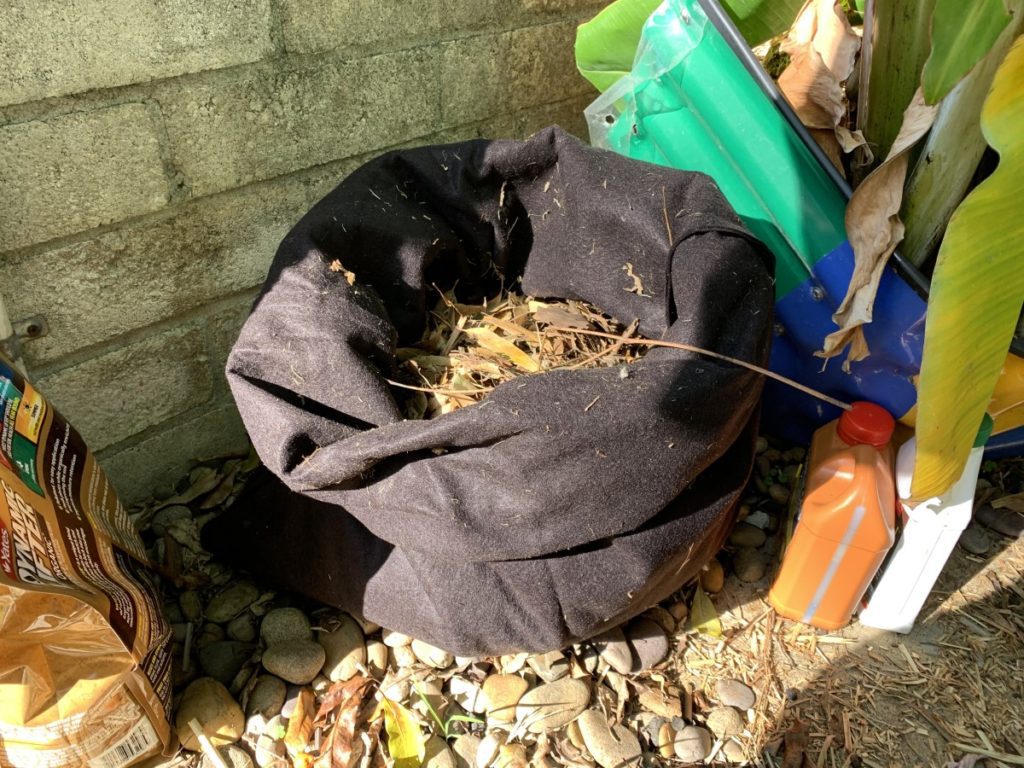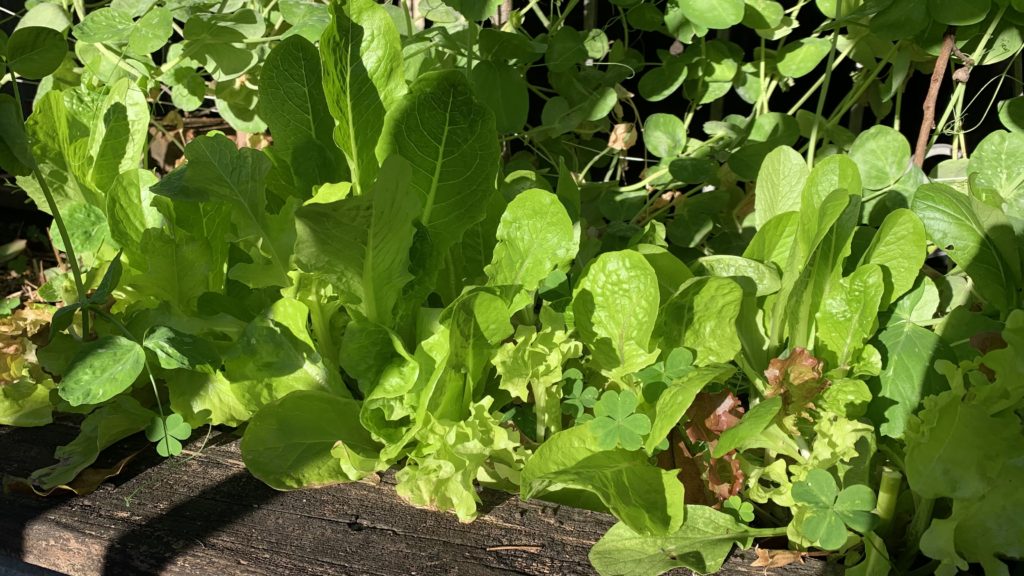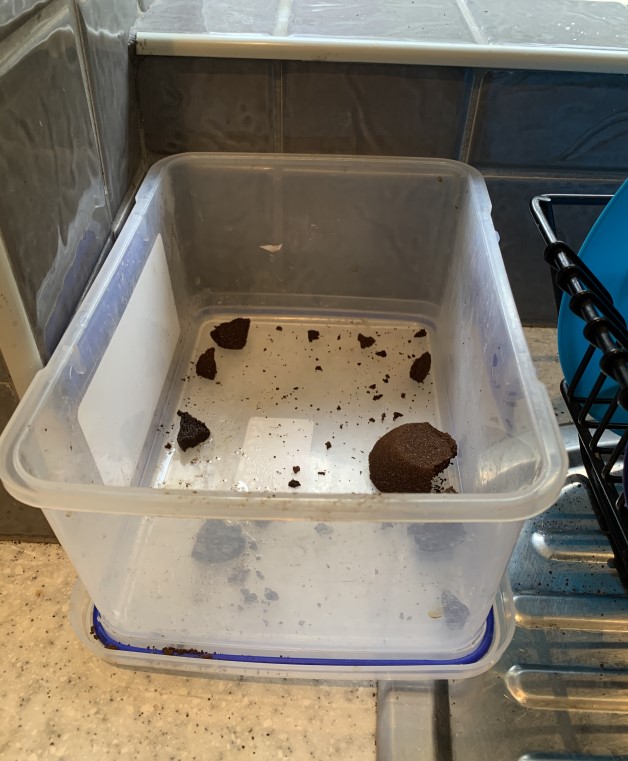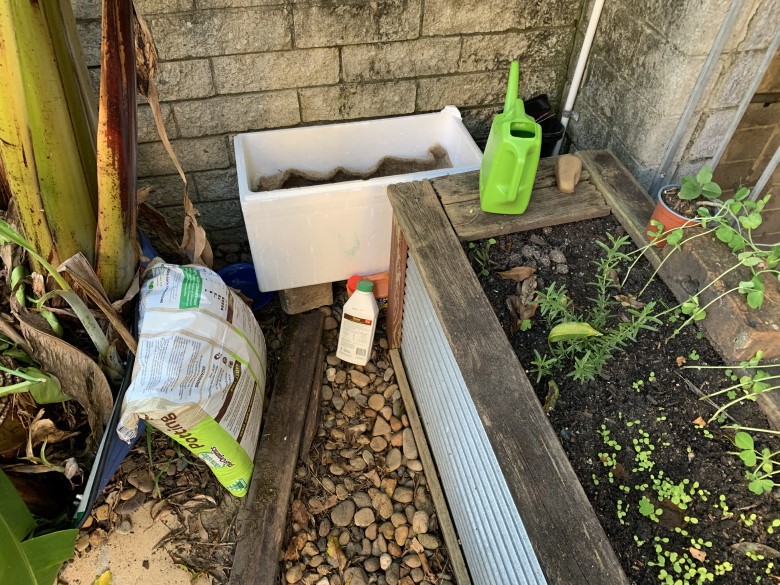Use coffee grounds on your plants after breaking them down in your compost pile for 98 days. Mix coffee grounds together with other compost ingredients such as fall leaves, food scraps and straw. Leaving the coffee grounds to decompose in your compost will break down chemicals and reduce acidity and make it a safe ingredient for plants.
Coffee grounds add nitrogen, organic matter and improve soil moisture for your plants.
Top ways to use coffee grounds for your plants
- Coffee grounds work best in your garden when broken down in your compost.
- Mix used coffee grounds through your compost with fall leaves, food scraps and straw.
- Use broken down coffee grounds around citrus trees, in flower beds, vegetable gardens and under large trees.
- Break down coffee grounds in compost for 98 days to break down any chemicals and reduce acidity.
- Coffee grounds add nitrogen to the soil and trap carbon.

Using coffee grounds in your compost
The best way to use coffee ground in your garden to help your plants grow well is to add them to your compost. Coffee grounds are high in carbon and contain nitrogen so will work best when mixed with brown material like leaves and straw as well as green material such as food scraps.
Studies show that you will need to let your coffee ground break down for up to 98 days to get them ready for your garden. In a study published in the Bioresource Technology Journal, used coffee beans need this amount of time to break down the chemicals ready for your garden.
I suggest adding a maximum of about 10% coffee grounds to your compost. I know lots of gardeners will say you can add more, but I found that the compost became too dense and too difficult to mix. Turn your compost often and it will decompose well. Let it break down over a few months and it will be ready to add to your garden.
Adding coffee grounds straight into the garden
It is not a good idea to add coffee ground straight to your garden. It is much better to add them to your compost first, let it mix in and break down in your compost over 98 days (a long time I know) but this will prepare them nicely for your soil and plants.
I certainly don’t add coffee grounds straight to my vegetable garden but instead will add this to my compost first. Coffee grounds can vary from alkaline to acidic and so can affect the soil pH. Put simply it means it might upset my veggies.
I never test my pH but instead only add organic, gentle fertilizers like compost, pelleted chicken manure and organic liquid fertilizer. This keeps my vegetables growing well.

Using coffee grounds as mulch
If you have a large yard, then you can use coffee grounds under large trees and open areas as mulch. When we were living on a small property, we would sprinkle coffee grounds and tea leaves out in the open areas under large trees. If you use it in small amounts in open areas, it won’t have a large impact on the soil and can help to keep the weeds down.
I don’t recommend adding coffee grounds to your soil as mulch in small garden areas. Instead use a natural leaf mulch which will be much kinder to your soil and plants. I have been buying a natural mulch in bags since I have moved to my Tiny Townhouse because I need to carry everything upstairs.
Coffee grounds as fertilizer
Coffee grounds do contain some nutrients that are great for your soil. If added in small amounts to your soil they can be used as a mild fertilizer. The best method is to break them down for 98 days in compost first. That way they will have broken down any chemicals and won’t become too dense and stick together, making your soil compact.

Nutrients in coffee grounds
Coffee grounds are almost all carbon, which is the main ‘ingredient’ in soil. They are about 20 parts carbon to 1 part nitrogen. When you are adding it to compost, coffee grounds are considered the ‘green’ part, even though they actually look brown.
Just for a reminder, I always make my compost 3 parts brown (fall leaves, straw or hay) to 1 part green (which is vegetable scraps, green weeds and coffee grounds). Check out the other nutrients that coffee grounds have that are great for your garden.
- Nitrogen
- Calcium
- Potassium
- Iron
- Phosphorus
- Magnesium
- chromium
I have seen gardeners add coffee grounds straight on top of pot plants. Over the short term this won’t really do any damage, but over time this can compact the soil in the pot and may stunt the plant growth.

How to store used coffee grounds
Most people will notice that cafes have large coffee ground bins that they ‘bash’ the grounds into. You can actually get smaller versions for your kitchen if you use a coffee machine often at home.
Check out this one from Amazon.

I have always used a plastic container on my bench. This is a container we have had over a long time, and its final use is as my mini compost bin. I try to place a lid over it as often as I remember which keeps any tiny flies from finding it. I add other food scraps to this bin and it goes in the compost when it is full.
If you want to store used coffee grinds for longer, let them dry out and add them to a thick paper bag. As long as you let them dry out first, they will store well. Be aware that if they are still hot and damp when they go in the bag they can grow mold so it is best to give them plenty of time to dry before placing them in a bag.

Where to get used coffee grounds
If you don’t have a coffee machine that produces coffee grounds, you can go to a local café and ask them if they would be willing to give you some of theirs. Bring a container with you and most cafes are happy to give you some for your home garden. Some people are even using coffee ground to make mushroom farms, but you will find there is always plenty of coffee grounds to go around.
If you have a coffee machine at home, you will know how quickly coffee grounds will build up at home. With two of us at home drinking coffee each day, we find that we quickly fill our compost container.
How to use ground coffee from pods in your garden
Lots of people are using pod machines and there is no reason why you can’t use the grounds inside the pods in your garden as well. This is a bit more of a task but if you are keen to use the grounds, you can remove the foil from the top and scrape out the grounds with a spoon. You will find only a small amount of grounds inside a pod but technically you can use this in the same way you would other coffee grounds. Place them in your compost and dig them through.
I think that the best way to deal with coffee pots in a practical way however is to take the whole pod to a recycling center.
Used coffee grounds acidity
When tested, most coffee grounds are generally close to a neutral pH (between 6.5 to 6.8). Coffee ground acidity does vary from acidic, neural or alkaline depending on the coffee type. Because the acid within the coffee beans is water-soluble, meaning that it is carried by water easily, it will usually be removed when you filter the coffee and go into the coffee drink itself.
Depending on how acidic the beans were before they were used, how much water you run through and how fine the beans are ground, this will influence the acidity of the grounds.
To make it easy, the best way is to only add it in small amounts, and left to age in with your compost. When it is mixed in with other vegetable matter like leaves, straw, and vegetable scraps this will even out the pH over time as it slowly and gently breaks down.
How to use coffee grounds in your worm farm
You will hear that many gardeners will add coffee grounds to their worm farms with success, however I never have. Backed by this study, coffee may harm your worms and that is a risk I didn’t want to take. This study found that adding coffee grounds to worm farms did increase the rate of death of the worms. It was found that this could be countered by the addition of cardboard, or a brown mix, but for me I don’t want to take any risks.
The reason for the problem may be down to the acidity or chemicals still left in the coffee grounds. It is also similar to coconut coir, in that they are a rich carbon source so can become dense if not mixed through properly. If you really want to use it in your worm farm, sprinkle over the top mixed in with cardboard, straw, hay or fall leaves.

Using coffee grounds on indoor plants
Used coffee grounds can be added to indoor plants after they have been broken down in compost for 98 days. You can then mix the compost together with 1 part coconut coir and 1 part vermiculite to make a great potting soil.
Plants that like coffee grounds
Plants will grow well with used coffee grounds once they have been broken down in compost. Your coffee grounds may still be slightly acidic and there really isn’t any way of knowing without testing them. If you break down your coffee beans in your compost, it can be added to any plant that you would normally add compost to. Building up your soil is the best way to have a healthy garden in the long term, growing a healthy soil microbiome and happy plants.
I am an accredited practicing dietitian, experienced gardener and a dedicated cook. I love writing and sharing my experience so you can learn from my successes and mistakes.
